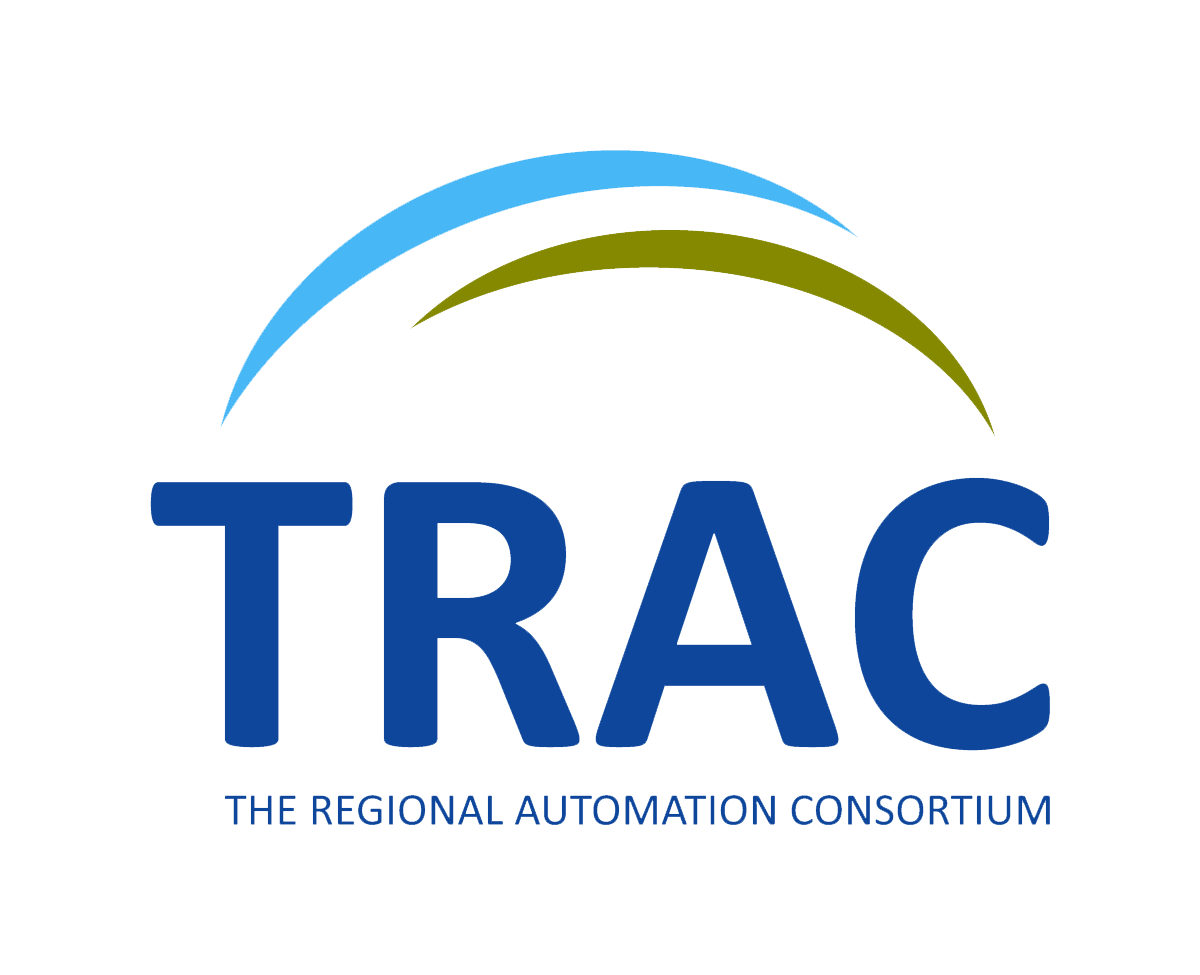History
In 1996, the Director of the Alberta Government Public Library Services Branch started to plan for the changes which would impact public libraries as a result of the introduction of new and emerging technology – specifically, the growing use of the internet. Public Library Services Branch received funding from the provincial and federal governments, as well as the private sector.
Many meetings were held with the public library community to assess development, use of technology, and what libraries could do once the funding and the training were in place.
Between 1996-1999 a significant amount of work was done by library systems across the province to connect large geographic areas to modern technology for the delivery of library service. Four regional systems identified a need to upgrade their integrated library software (ILS) to manage the functional requirements of resource sharing and to adapt to a real-time/networked solution, and provincial funding was made available for them to work towards a single ILS solution. At the time, it was Marigold Library System, Northern Lights Library System, Parkland Regional Library System, and Yellowhead Regional Library. These efforts determined that it was possible for multiple systems to obtain a shared ILS, and options for ILS solutions were brought forward.
A network study was commissioned to determine how to set up the network infrastructure and work was done to determine how this could be structured. The regional Directors were sensitive to the terminology in the Act and Regulations that regional systems work inside our boundaries only. What structure would allow regional systems, including their members, to follow to a shared set of guidelines to support resource sharing? The decision was made to create the TRAC society. This structure would also allow future expansion to more members and would permit separate financial oversight to ensure each system retained its autonomy.
The final step was agreeing to the network structure. Each region had to work with the ILS vendor to work through connectivity and infrastructure issues. At the same time, work was being done to export existing library collection electronic records; allowing electronic records for each item at individual libraries in TRAC to be imported into the new ILS. Library records were converted to MARC format and new standardized barcodes were applied to physical library collections. Additional work to set up the TRAC ILS included determining what kind of material type and collection descriptions were needed, as well as patron account types. At long last, in 1999, TRAC was live on Dynix, and the rest, as they say, is history.

